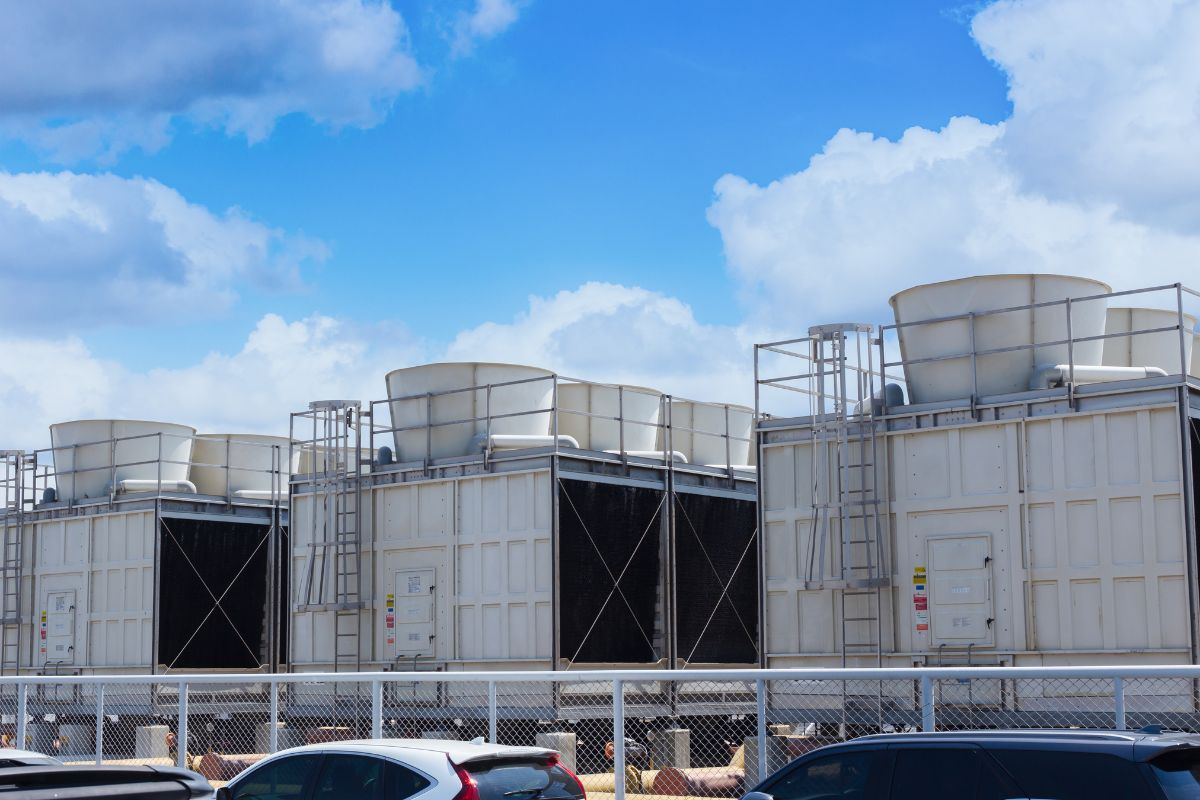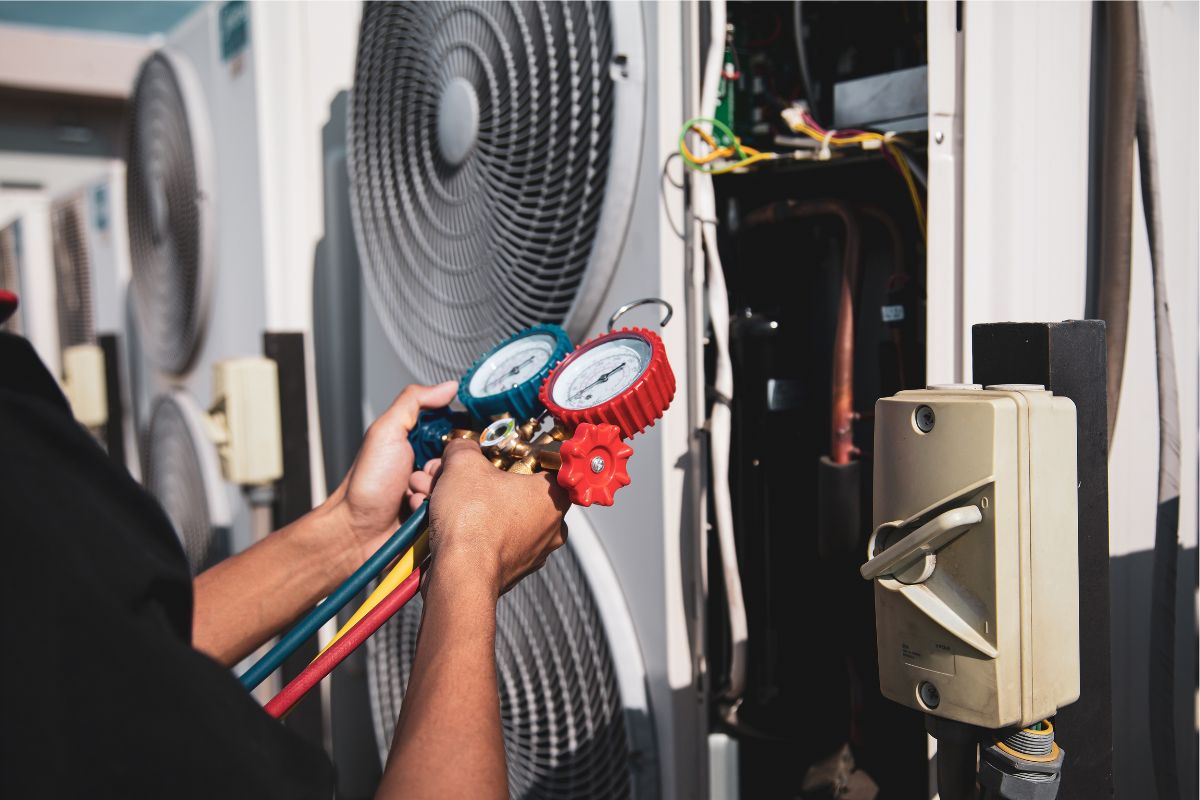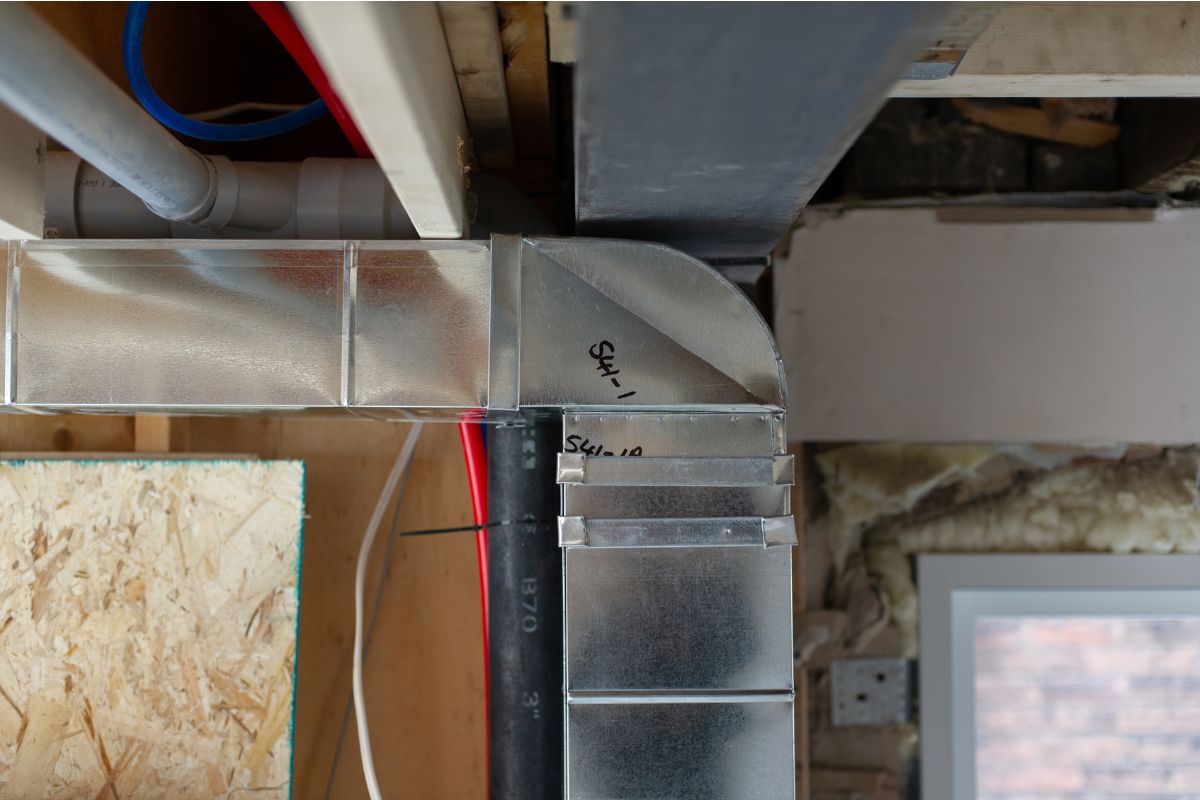Flu season is a challenging time for commercial business owners and facility managers. With employees, customers, and visitors passing through your premises daily, illness can spread quickly if your workspace isn’t set up to minimize risks. An often-overlooked yet vital component of creating a healthy indoor environment during flu season lies in your HVAC system. This blog explores how strategic HVAC practices can help combat flu season by improving indoor air quality, maintaining ideal humidity levels, and reducing the spread of airborne illnesses.
Why Your HVAC System Matters During Flu Season

Your HVAC system is the backbone of your building’s air circulation and climate control. During flu season, it plays a critical role in mitigating the spread of viruses. One of the primary ways viruses like the flu spread is through airborne droplets. HVAC systems that are improperly maintained can circulate these droplets, increasing the likelihood of infections.
Beyond simple air circulation, the right HVAC configuration can filter, purify, and regulate indoor air, creating an environment less conducive to the flu virus. Essentially, it acts as a gatekeeper for your indoor air quality, ensuring a healthier environment for all occupants.
READ MORE: WINTER COMMERCIAL HVAC MAINTENANCE: A BUILDING OWNER’S GUIDE
Key HVAC Practices for Fighting Flu Season
1. Upgrade Your Air Filtration System
The first line of defense against airborne viruses in a commercial setting is high-quality air filtration. Traditional HVAC systems may use basic air filters that only trap large particles. For flu season, consider upgrading to HEPA (High-Efficiency Particulate Air) filters or MERV-13 filters, as they are designed to capture smaller particles, including viruses.
- HEPA Filters can remove up to 99.97% of airborne particles, providing enhanced protection.
- MERV ratings of 13 or higher significantly reduce the ability of viruses and bacteria to circulate through your HVAC system.
Regularly replace or clean these filters to ensure optimal performance throughout the season.
2. Maintain Proper Humidity Levels
Low humidity levels create the ideal environment for flu viruses to thrive and spread. Studies have shown that maintaining indoor humidity between 40–60% may reduce the survival of the flu virus on surfaces and in the air.
- Use humidifiers integrated with your HVAC system to regulate moisture during colder months.
- Modern HVAC systems often come equipped with humidity controls that allow you to set and maintain the desired range.
By managing indoor humidity, you can create conditions that are less hospitable to the flu virus while also improving comfort for occupants.
3. Improve Ventilation
Proper ventilation is essential for introducing fresh air into your facility and reducing the concentration of airborne viruses. Stale indoor air can trap infectious particles, increasing the risk of respiratory issues during flu season.
- Increase the flow of outdoor air into your building by adjusting your HVAC’s ventilation settings.
- Incorporate energy recovery ventilators (ERVs) to bring in fresh air without sacrificing energy efficiency.
Using updated ventilation strategies ensures that airborne contaminants are diluted and removed from indoor spaces effectively.
4. Incorporate UV-C Technology
UV-C light technology is increasingly being used in commercial HVAC systems to enhance indoor air sanitation. UV-C light can eliminate many viruses and bacteria by disrupting their DNA and rendering them inactive.
Install UV-C lamps within your HVAC system to target microbial growth on coils and filters, preventing the recirculation of harmful particles.
Many businesses, particularly healthcare facilities and office spaces, have seen measurable improvements in indoor air quality after integrating UV-C technology into their HVAC systems.
5. Schedule Regular HVAC Maintenance
Preventative maintenance is essential for ensuring that your HVAC system operates efficiently, especially during flu season. Dust, dirt, and microbial growth within your system can reduce its ability to filter air effectively and maintain proper airflow.
Work with your HVAC technician to create a comprehensive maintenance schedule that includes the following tasks:
- Inspecting and replacing air filters
- Cleaning and disinfecting ducts and components
- Testing airflow and sealing ductwork leaks
- Ensuring proper humidity control
By staying proactive with your maintenance, you can rest assured that your system is functioning optimally when it matters most.
6. Install Air Purifiers
Standalone or integrated air purifiers serve as an additional layer of protection for commercial spaces. Using advanced filtration and ionization technologies, air purifiers can neutralize viruses, bacteria, and allergens in the air.
Common options include HEPA purifiers and bipolar ionization systems, which attach to your existing HVAC system for more comprehensive coverage. These solutions can further reduce the presence of airborne flu viruses, promoting healthier indoor air quality.
READ MORE: AIRBORNE ILLNESSES TO BE MINDFUL OF (AND HOW TO COMBAT THEM)
The Business Benefits of Good HVAC Practices
Implementing these HVAC best practices not only creates a healthier environment during flu season but also delivers lasting benefits for your business. Here’s what you stand to gain:
- Reduced Sick Days: Employees are less likely to fall ill, boosting productivity and reducing absenteeism.
- Compliance with Air Quality Standards: Many industries have strict air quality regulations; improved HVAC practices help you stay ahead of these requirements.
- Enhanced Reputation: Demonstrating a commitment to health and wellness builds trust among employees, customers, and clients.
- Energy Savings: Modern HVAC solutions like ERVs and UV-C technology can make your system more energy-efficient, saving you money in the long term.
Keep Your Workplace Healthy This Flu Season with Air Ideal
Flu season presents unique challenges for commercial businesses, but with the right HVAC practices in place, you can create a safer and healthier indoor environment. Investing in upgraded filtration, humidity control, and regular system maintenance helps protect your workforce and visitors, keeping your building both operational and productive.
Need help optimizing your HVAC system for flu season? Contact Air Ideal today to inspect your current setup and recommend tailored solutions for your space. To learn more, please visit our website and contact us today!
By taking these proactive steps now, you’ll not only mitigate the spread of the flu but also position your business as a leader in workplace safety and wellness.



